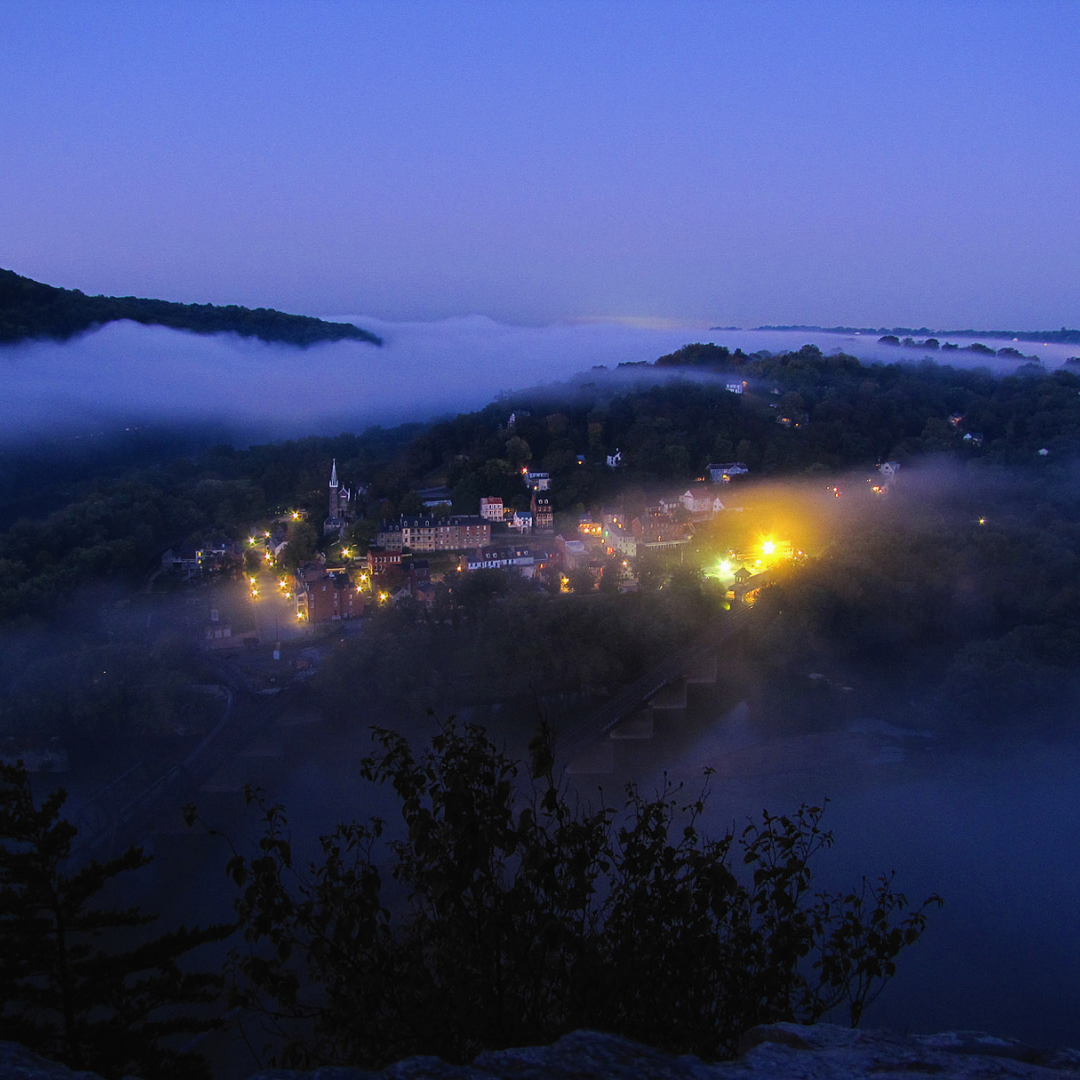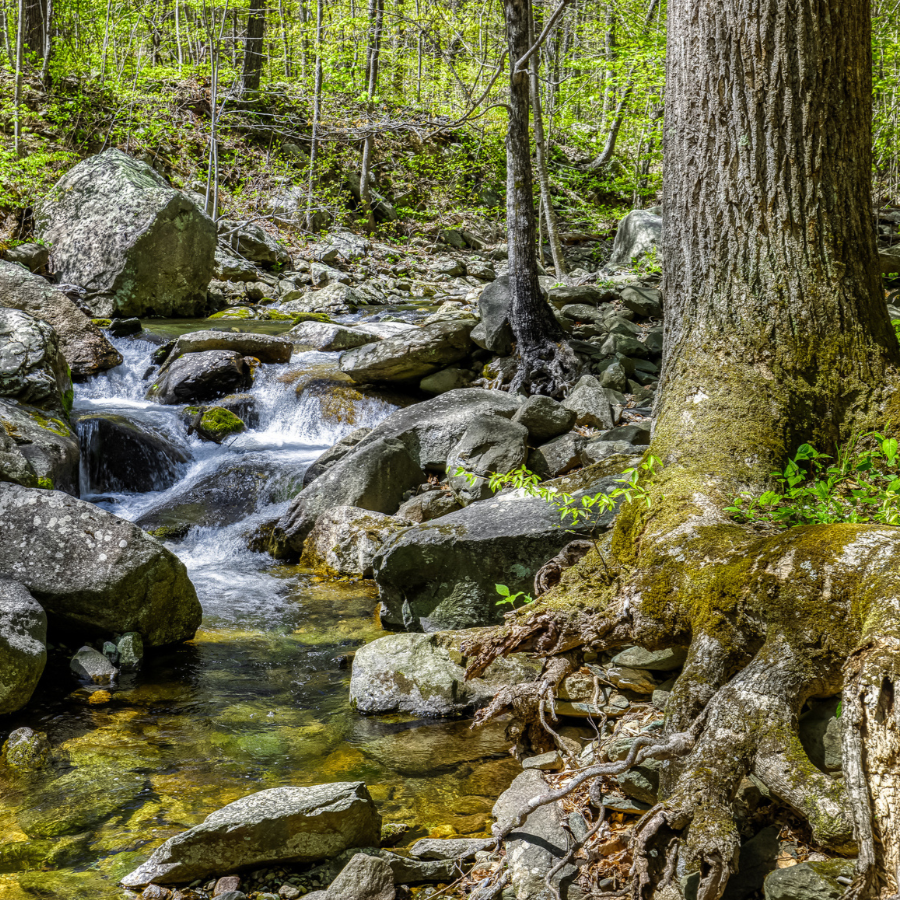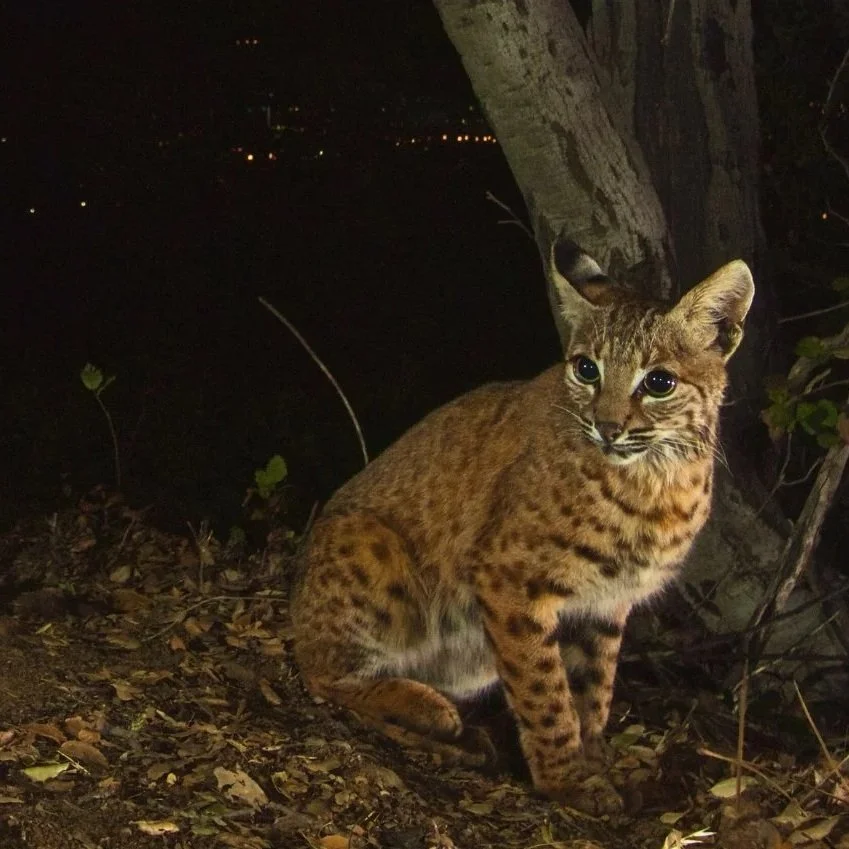Early blooms in the Potomac region concern climate experts
/City greenery around the Potomac River offers a haven for wildlife and humans alike, but rising temperatures puts these ecosystems at risk
photo by ajay sahu via flickr (CC BY-NC 2.0)
This is an excerpt from Part 4 of Potomac Conservancy’s Rising to the Challenge climate report series:
With spring just around the corner, you don’t have to go too far from your own home to enjoy nature, even if you are a city dweller! Our local urban ecosystems are beautiful, lively, and diverse.
The Potomac River’s urban center, Washington, DC, is rich with surrounding green space. The National Park Service manages over 7,000 acres of parkland in the nation’s capital—the equivalent of eight Central Parks. With this year’s “winter” being officially over, trees are starting to bloom everywhere—and the city’s treasured cherry blossom trees may even hit their earliest peak bloom ever this year.
The District’s green spaces offer a haven for wildlife and humans alike, but the climate crisis makes these environments increasingly vulnerable.
As temperatures rise and storms become more extreme, our fellow plant and wildlife urbanites will become progressively more susceptible to climate-driven stress, polluted runoff, and invasive species that adapt more quickly.
Explore the top climate threats to the Potomac’s urban animals and plants—and what we can do to protect them!
Climate Threats
Shifting blooming season
In the Washington, DC area, the final freeze of winter has moved up two weeks since 1900 – from the second week in April to the end of March – bringing with it an even earlier spring.
Photo by wolf kann
The early warmth is shifting spring blooming season. A thirty-year study in Washington, DC found that 89 out of 100 plants bloomed four and a half days earlier to keep pace with increasing local temperatures.
The district’s beloved cherry tree blossoms, in particular, are now blooming about five days earlier than they did last century, reaching peak bloom between late March and early April.
Other impacts from this early warmth have also bloomed into view: an early spring can prove troublesome should a cold snap occur during the blooming season. Further, a mismatch could arise between the blooming cycle and when bees and butterflies are mature enough to pollinate, throwing an entire urban ecosystem out of sync.
Rock Creek Park
In the heart of the District lies Rock Creek Park, a 1,754-acre forested oasis treasured by locals and the more than two million visitors it hosts annually. Geographically, the Park lies where the Northern Piedmont and Coastal Plain provinces meet, creating an ecological transition zone that attracts a diverse array of natural communities.
Connected to neighboring natural areas, Rock Creek Park serves as an important migration corridor for wildlife – allowing animals to wander farther in search of food, water, mates, pollen, and other resources. It also serves as a temporary home for migrating birds in the spring and fall.
Polluted urban runoff and invasive species are top threats to this indigenous habitat, and the heating climate is altering conditions in this urban forest quickly – and drastic changes expected by 2040.
Photo by Geoff Livingston
Increased levels of carbon dioxide and warmer, damper conditions combine to make Rock Creek Park more vulnerable to invasive plants, which are already threatening the park’s forests.
- JEANNE BRAHA, Executive Director, Rock Creek Conservancy
Rock Creek Park is already experiencing the effects of the heating climate. According to a climate change vulnerability assessment by NatureServe, the Park has observed an average increase of 1.3°F from 1981 to 2014 from the prior thirty-year period.
In the same period of time, NatureServe estimates annual precipitation to increase by 1.2 inches with a 20% decrease of summer rain and a 50% rise in winter precipitation.
Protecting the Park’s natural habitat, controlling invasive species, and protecting surrounding green corridors will mitigate the effects of climate change and provide our fellow wildlife urbanites with the greatest chance of survival.
Vulnerable Indigenous species: Wood Thrush
The hardwood forests of Rock Creek Park provide nesting habitat for the wood thrush, the District’s official bird.
Unfortunately, the past five decades have witnessed a drop of over 60% in the overall wood thrush population as a result of habitat loss from development. “They are the poster child of declining forest songbirds,” Calandra Stanley, a postdoctoral fellow at the Smithsonian Migratory Bird Center, told The Washington Post.
WOOD THRUSH SONG / Cornell Lab of Ornithology
Forest fragmentation – the loss of connected corridors of woodland habitat – reduces the area available for nesting and breeding. While some local species, like the brown-headed cowbird, can live in smaller natural areas, wood thrushes require expansive stretches of forest to survive. Forest fragmentation favors the survival of predators like the raccoon, possum, and blue jay that steal eggs and chicks from the wood thrush nests.
Climate change is likely to exacerbate already-stressed wood thrush populations as it disrupts their food supply of insects and fruit in late summer when they are bulking up for migration. The reduction in forest cover and food availability, along with rising temperatures, may prompt the wood thrush to migrate further north during the spring and summer months to breed.
Want to learn more about how the climate crisis is impacting the Potomac River, and solutions to protect vulnerable habitats? Read the rest of the Potomac Conservancy’s Climate Report.
















